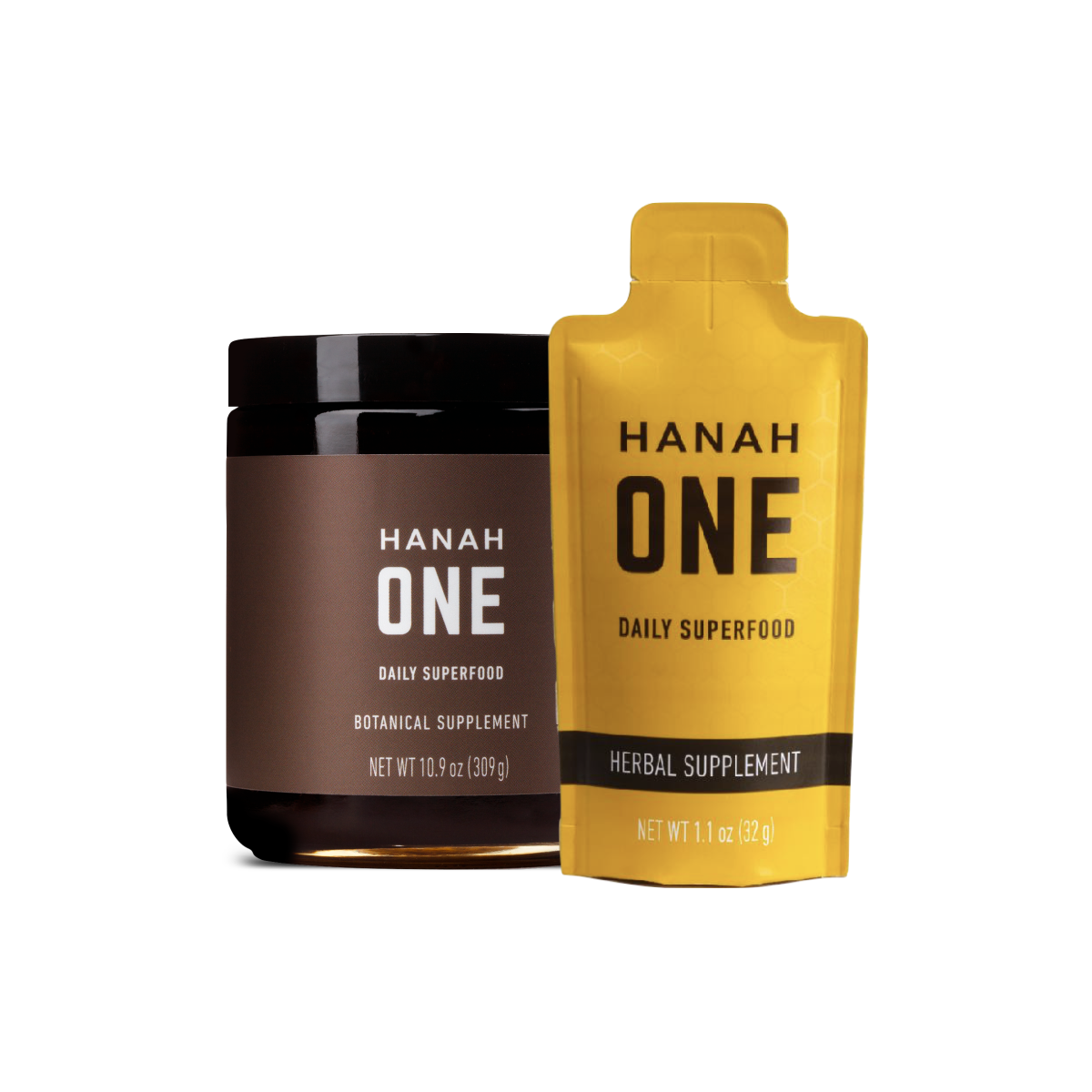I Put Dwarf Cow Urine in My Eye and Discovered Why Our Ghee is So Special
So...what's the story with Ghee?
The sun was setting at our headquarters in Bolinas, California. I’d just arrived from Prague and was having the first of many BBQ sessions on the porch of my friend and Co-Founder Scott Kraft. These BBQs are a way to continue the days’ work in a more relaxed environment. One of our biggest supporters, Bobbi Dunphy was at the house and we were discussing the company that we’re currently building; how it came to be and (most importantly) what WAS this crazy product she was looking at and tasting for the first time. As I was running through the ingredients, she stopped me at ghee and said “Now hold on, I can get ghee here in the USA, what makes your Ghee SO DIFFERENT?” It was a bit tongue in cheek, but she had a point. She and Scott asked me a barrage of questions about the ghee.
Which, one month later, led me to putting the urine of magical dwarf cows in my eye somewhere in the backwaters of Kerala, India.
Let me explain.
I knew that our product contained “Ayurvedic Ghee”, which is much different from what is also sold as “Clarified Butter”.
In recent years the lower production cost of clarified butter over traditional ghee has caused the decline of ghee to the point that now clarified butter is commonly called “ghee.” Clarified butter is created by churning cream directly from milk into butter and then clarifying it through heating. Clarified butter is delicious, but has no particular health benefits and acts like butter in the system, often raising cholesterol levels.
Traditional ghee production, on the other hand, first inoculates the cream with lactobacillus to convert the lactose into lactic acid. It then takes the resulting curd and churns it into butter, which is then clarified. This process creates true ghee which lowers cholesterol, among other health benefits.
Nowadays, we know there’s a HUGE difference in the taste and nutrient content in a tomato that’s from a GM seed grown in a greenhouse and a ripe tomato from a garden in Tuscany. Fresh, organic produce farmed with no chemicals in its natural environment with love and care is FAR superior to mechanical farming. The same is true with herbs, cows, their milk, and the ghee that is produced from this milk.
So, now knowing that Ayurvedic Ghee is produced in completely different ways and is much better for you, I asked the next question: which cows produce the best milk for it, and how do we know that it is pure?
This question brought me to the smallest cow breed in the world. Which also turn out to be endangered.
Dr. Venugopal and I sat down over an afternoon tea in India and discussed our product, the ingredients, and the source. Our product, HANAH ONE, is made from the ghee of holy cows that live in the forest, and eat naturally. The ghee is made beyond organically, and processed in the best way possible. I relaxed knowing that I had the answer for Bobbi and our growing tribe. Our ghee was different because of the cows, their milk and the process in which it was made.
But, I had to ask, is there even BETTER ghee available? Yes, there is.
Dr. Venugopal told me a story that blew me away:
There is a kind of cow called Vechur. Vechur cows are from Kerala India, and have been used in Ayurveda for thousands of years. They are the smallest cattle breed in the world, and there are only about 300 of them left. But that’s not all. Supposedly, the ghee from these cows is special, and contains trace amounts of gold. You see, the cows are left to graze the lands around them. The soil is mineral rich, and contains minute amounts of gold and other minerals. The cows also eat different herbs and grasses in their local habitat. These small cows are able to synthesize the herbs and the ghee that is produced is highly medicinal.
I had to see these cows.
Dr. V organized a trip for us to see the Vechur, up close and personal. We met the cows, were given a tour and learned quite a lot about the breed. The urine is used to treat diabetes, it prevents the multiplication of cancer cells, it contains vitamins A,B,C,D & E, a multitude of minerals, and helps reduce blood pressure amongst many other things. These cows are so special, their dung is used as a face poultice, to clean the teeth, and to promote healthy circulation. And the milk. The holy grail of Milk… And, of course, the incredible ghee. The milk and ghee from this sacred cow are used to treat a multitude of diseases and ailments. For example, beta casein A2, a milk protein that prevents diabetes, heart diseases, atherosclerosis, autism and sudden infant death syndrome (SIDS), is found in Vechur cattle in higher measure than in any other breed.
I returned from India loaded with some very interesting information on these holy cows. Indians hold them in high reverence, as without them, the country would not exist. Not only are the milk, ghee, dung and urine used as health tonics, but the manure from HANAH ONE cow helps to cultivate 30 acres of land over the course of one year. A truly magical gift for the farmers of India.
As I was writing this post, I came across this article from a VICE reporter.
Wild synchronicity.
At HANAH, we are committed to working with suppliers that help the local communities with fair wages and practices. We look for the best possible ingredient and the best labor practices, not the cheapest price. Having witnessed the rapid deterioration of such traditions as the small Vechur cows in Kerala, we are now committed to preserving the Ayurvedic tradition. Managed by our development group HANAHx, our first project supports the cottage manufacturing of Ayurvedic Ghee using traditional methods, and most importantly, little Vechur Cows. We get the best possible ghee and the people and cows living in this traditional way are protected. Everyone wins.
Come to find out, the Vechur cow urine is also used to treat the eyes and the ears. I had to try it. As the sun set over the herb fields of Kerala India, I dropped cow urine in my eyes. Now, I see.
Check out this other article on why not all ghee is created equal, here.







Leave a comment
This site is protected by hCaptcha and the hCaptcha Privacy Policy and Terms of Service apply.